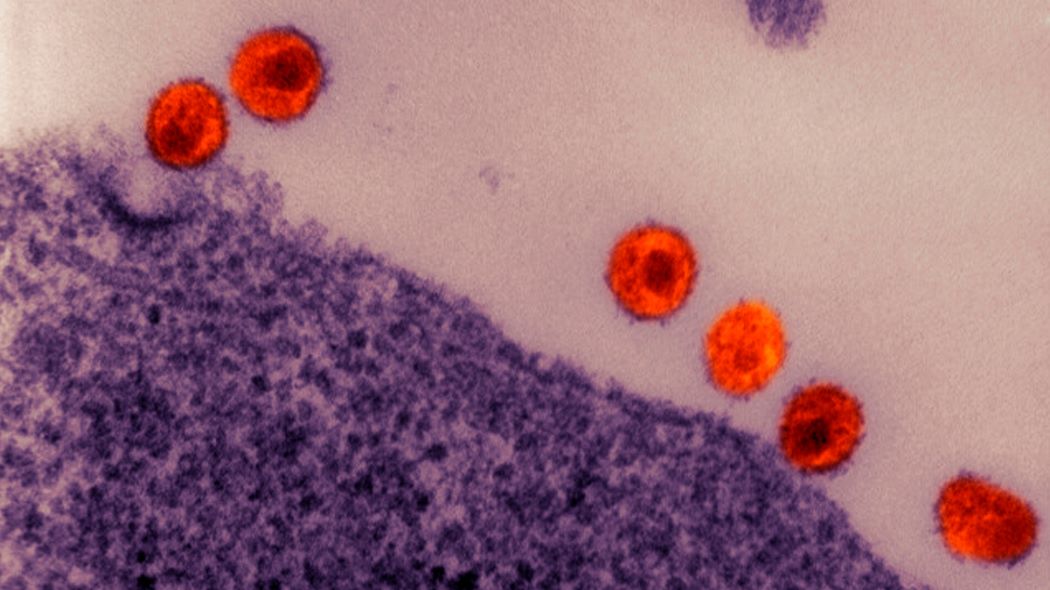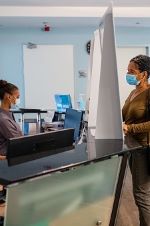Nearly 40 years ago, there were no known therapies to treat HIV. While there is still no cure for the HIV virus, improvements in treatment have made it possible for patients to live long and active lives.

Nearly 40 years ago, there were no known therapies to treat HIV.
While there is still no cure for the HIV virus, improvements in treatment have made it possible for patients to live long and active lives. And just as important, medications can help prevent transmission for those at risk of contracting HIV.
The Centers for Disease Control and Prevention (CDC) estimates that 161,000 people – almost one in every eight people living with HIV in the U.S. – do not know they have the virus. As a result, the international community, led by the United Nations, has embarked on an effort to end the HIV epidemic by 2030, with a number of interim targets set along the way. However, countries have had a difficult time achieving those goals. The World Health Organization estimates that 1.5 million people were infected with the virus last year.
Without intervention, nearly 400,000 Americans could be diagnosed with the virus in the U.S. alone over the next 10 years, according to hiv.gov. Part of the problem is that the stigma attached to HIV often prevents people from seeking help.
“All too often, people who are either at risk of contracting HIV or who are unaware they contracted the HIV virus are hesitant to seek testing or treatment,” said Caesar Lopez, product management advisor, Cigna Pharmacy. “Patients are understandably guarded.
“It’s truly unfortunate, but there remains a stigma with this disease that serves as a significant barrier to prevention and treatment,” Lopez added. “So it’s imperative that we help overcome these barriers by gaining trust and offering the private, personalized counseling patients need.”
Keeping Patients Healthy
For those who have been diagnosed with HIV, current treatment regimens can suppress the virus, allowing patients to live long, full lives. However, just 40% of those with HIV receive regular medical care, according to the CDC, and only 30% are successfully keeping their virus under control through treatment.
Thankfully, medication has been streamlined to make it easier for patients. Single-tablet regimens are now available that can combine up to four HIV drugs at once, meaning that a patient can take just one pill a day instead of multiple medications several times a day. Cigna’s internal research shows that single tablets lead to an adherence rate that is 10% higher than when patients use multi-drug regimens.
And there’s a significant savings of more than $4,300 in pharmacy costs when patients use the single-tablet regimen, which can grow to more than $6,100 when patients are adherent to therapy.
Preventing New Transmissions
For nearly a decade, pre-exposure prophylaxis (PrEP) anti-viral therapy has been available to prevent the spread of HIV. PrEP is highly effective when taken as prescribed, reducing the risk of getting HIV from sex by about 99%. And now under the Affordable Care Act, private health plans are required to cover at least one specialty medication approved for pre-exposure prophylaxis (PrEP) related to HIV at no cost to patients.
At the same time, PrEP adherence has proven to be difficult. One study showed the best approach is to use multiple strategies, such as integrating medication into one’s daily routine; using a pillbox to track medication adherence; using cognitive strategies, such as leaving medications in a place where they are most likely to be seen; setting alerts or reminders; keeping your medication with you at all times; and using peer support.
In addition, Cigna has the HIV Therapeutic Resource Center that is focused on HIV support. It offers private counseling and outreach to assist patients in managing barriers to adherence and keep track of when refills are available, all of which helps to keep patients on therapy. “Providing clinical support and personalized HIV care is extremely important to allow HIV patients to live a healthy life. Whether the person is newly diagnosed with HIV or living with HIV illness for a long period, our HIV Therapeutic Resource Center pharmacists help educate the patient on the importance of medication adherence to ensure successful outcomes and optimal pharmacotherapy,” said Reny McGrath, RPh, an HIV Therapeutic Resource Center pharmacist.

A Condition-Focused Clinical Model
Customers who take specialty medications are living with some of the most complex and challenging health conditions, such as HIV. The HIV Therapeutic Resource Center provides one-on-one, individualized support to ensure that patients get the care they need.
Providing Support
While great strides have been made in HIV prevention and treatment, stereotypes can affect the mental health and emotional well-being of those who live with the virus.
“With the stigma attached to this disease still lingering from the 1980s, it’s helpful to have a clinician that you can connect with in a safe and private setting,” Lopez said.
Virtual and telehealth options can help patients feel more comfortable in talking about their health, and mental health support is also important in helping patients manage their disease.
“At Cigna, we believe it’s important to treat the whole person,” Lopez said. “Providing a patient with strategies to reduce stress – such those found at our HIV Therapeutic Resource Center specialty pharmacy, or easy pathways to connect to mental health experts – go a long way in helping them manage their HIV illness.”